![]()
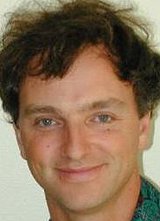
After beginning his career as a nuclear physicist, Jens moved into precision gravitational physics. His gravity experiments provided the most precise measurement of the fundamental gravitational constant to date, and continue to test for deviations from general relativity that might provide clues about a theory of everything, unifying the standard model and gravitation. Inspired by the immediate impact of his wife's work in medicine, Jens started the nanopore lab in 2006 with one of his gravity graduate students, and quickly discovered that the most of the fundamental skills required of scientists are identical across different fields. He continues to lead both groups, and to this day is one of the only biology/gravity combination experimentalists in the world.
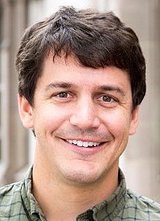
Andrew completed his PhD from the nanopore lab in 2014, with a focus on nanopore DNA sequencing and using nanopores to detect epigenetic modifications such as 5-methylcytosine without chemical modification. During his postdoc, he focused on developing the nanopore into a powerful single-molecule tool called nanopore tweezers. Now as a research professor in the group, his primary research interests are in further development and application of nanopore tweezers to new enzymes and improving nanopore sequencing accuracy for both standard DNA and DNA with more than 4 letters.

After finishing his undergraduate education at UC Santa Cruz studying physics, mathematics, and astronomy, Jon joined the UW nanopore lab in 2013 as a graduate student and began working on the developing foundations of SPRNT, and using SPRNT to study the helicase Hel308. Jon obtained his PhD in physics in 2017 from UW, and has continued to study enzyme dynamics using SPRNT as a postdoc and now as a research scientist. Jon follows several guiding questions for his research: 1) How do enzymes use chemical reactions to generate mechanical work on DNA? How do enzymes respond to forces acting on them in vitro and in vivo? 2) How do enzymes respond to DNA sequence? How can we quantify the strength of this effect? What interactions between enzymes and nucleic acids specifically lead to sequence-dependence? 3) What is the biological role of sequence-dependent enzyme kinetics? Do different helicases in the same families recognize specific DNA sequences in a similar manner?
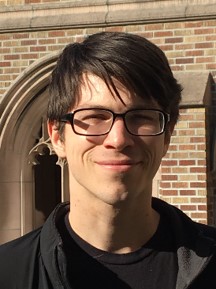
Chris received his BS in biophysics from Boise State University in 2013. He joined the nanopore lab in 2019 as a graduate student working towards developing nanopore sequencing technology for non-standard DNA bases. Chris got his PhD in 2024 and stayed on as a postdoc working on a variety of sequencing projects.
Akira joined the nanopore lab in 2020 as a physics PhD student after completing his undergraduate work at CSU Northridge. His research focuses to increase our understanding of hybrid nanopore systems using de novo design nanopore protein and data analysis techniques for low cost high accuracy nanopore sequencing. He is also working on developing cost effective microfluidic systems for both solid state and biological nanopre sequencing.
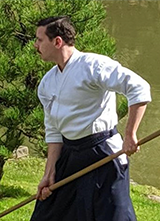
Francis graduated from the University of Illinois at Urbana-Champaign. He joined the lab in 2024 and has been using SPRNT to study the helicase UPF1.
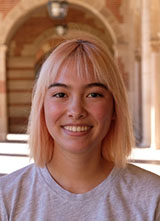
Hannah came to UW with a bachelors in Biophysics from UCLA. She joined the lab in 2024 and is working on using nanopore tweezers to understand how drugs affect certain helicases.
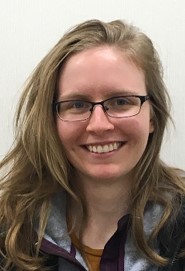
Sarah joined the lab in 2018.

Michaela joined the lab in summer of 2021, having graduated from UW with a degree in microbiology.
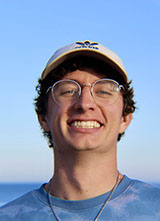
Zach graduated from UCSB in 2023 with a BS in physics and hopes to pursue a PhD at UW.
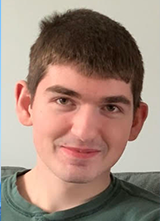
Eric graduated in 2024 with a batchelors in Mathematics and Applied Physics.
![]()
Ashly is an undergraduate researcher studying Biochemistry and graduating in June 2025. She is currently working with nanopore tweezer experiments to investigate Super Family 1 helicases
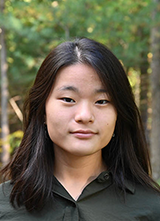
Pascale is an undergraduate researcher in Physics at UW, expecting to graduate in 2026.
![]()
Joseph is an undergraduate researcher in Physics at UW, expecting to graduate in 2026.
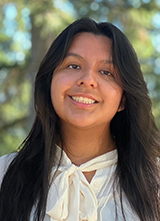
Evelyn is an undergraduate researcher in Chemical Engineering at UW, expecting to graduate in 2026.
![]()
Gabrielle is a summer REU student visiting UW from Scripps College, expecting to graduate in 2025.